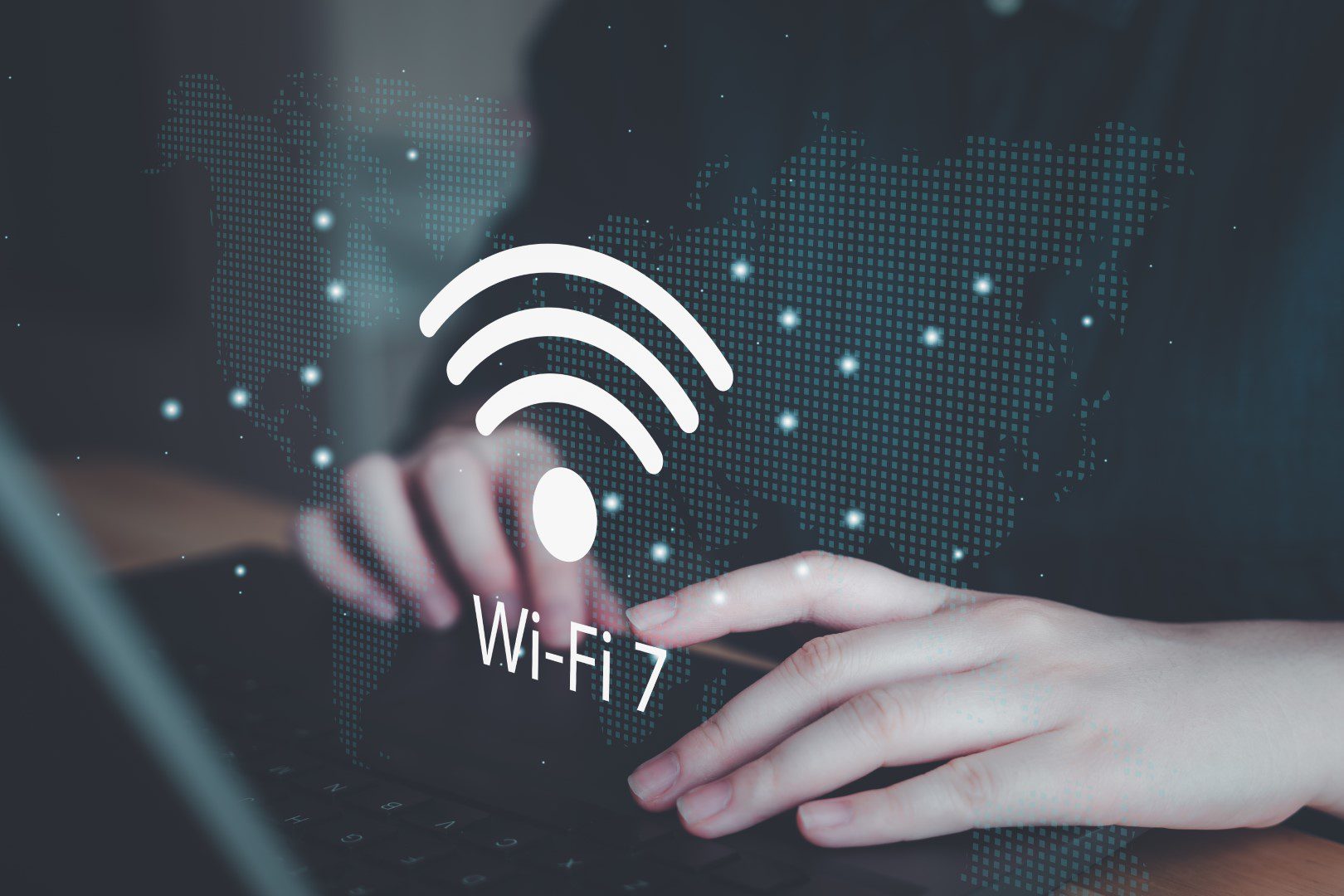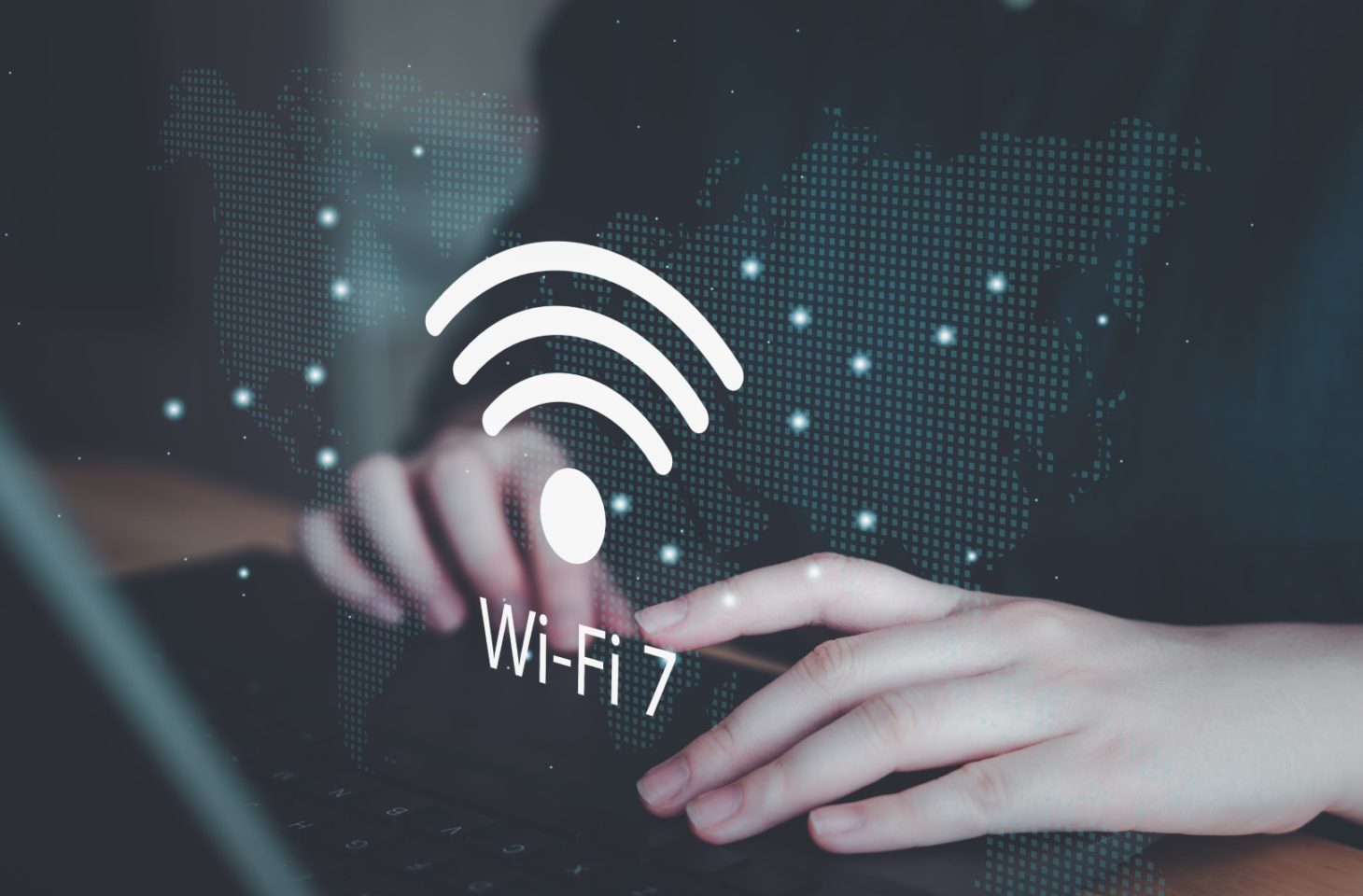Are you ready for WiFi 7 yet?
- October 31, 2024
- 0
We still have to wait a while for the final approval of the standard, but that doesn’t stop manufacturers from bringing numerous products to market. Wifi 7 is
We still have to wait a while for the final approval of the standard, but that doesn’t stop manufacturers from bringing numerous products to market. Wifi 7 is


We still have to wait a while for the final approval of the standard, but that doesn’t stop manufacturers from bringing numerous products to market. Wifi 7 is in the starting blocks: the official starting signal can be given at any time.
This year marks 25 years since the very first Wi-Fi standard saw the light of day. Wi-Fi has made great strides since then and the next generation is now just around the corner. The Wi-Fi Alliance is expected to officially ratify the 802.11be standard: better known as Wi-Fi 7, before the end of the year.
The official starting signal has not yet been fired, but unofficially the WiFi 7 era began some time ago. Devices for the latest WLAN standard have been announced widely since 2022. When will the WiFi 7 trend really start? We ask Michael Müller, VP Wired & Wireless LAN at the network specialist Lancom Systems.
“The market is still holding back a bit at the moment. “The manufacturers still have stocks from the Corona period,” says Müller angrily. “The announcement of iPhone 16 supporting WiFi 7 could be another important step in making the standard widely available and increasing consumer interest. The increaseThe phase will begin gradually and I think demand will peak in two years. This is often the case with new trends.”
Lancom has already done its homework and presented its first WiFi 7 during this year’s MWC trade fair Access points. Shouldn’t a manufacturer wait until the standard is official? “At a certain point the standard will no longer change. We operate in a competitive industry, so it is important to be timely with the quote. Not only towards consumers, but also towards partners. If you are late, affiliates will sell products from another party. You have to get your foot in the door in time.”
Müller: “We have started to bring a high-end portfolio onto the market. Interest is growing, our customers are asking about WiFi 7 and the products are available. This makes us one of the first providers of professional Wi-Fi 7 access points.”
Networking is a competitive industry. You have to get your foot in the door in time.
Michaël Muller, VP Wired & Wireless LAN Lancom Systems
Wifi 7 promises higher internet speeds of up to 40 Gbit/s, at least in theory, but that is by no means the only reason why you should worry about it, emphasizes Müller. “WiFi 7’s best feature isn’t even ‘new’. 6 GHz is now also used by WiFi 6E. The difference is that 6GHz compatible devices will become available to everyone, which was not possible with Wifi 6E. Many laptop and smartphone manufacturers skipped this intermediate step because WiFi 6E was too close to WiFi 7.”
An additional trick that Wifi 7 enables is Multi-Link Operation (MLO): the ability to connect across multiple frequency bands simultaneously from the same access point. This has advantages for latency and connection stability. Müller: “Your connection has less impact on the network. This is useful for large amounts of data or when low latency is required.”
“It becomes easier to set up networks with multiple APs,” Muller continues. “Unlike the 6 GHz spectrum, the 5 GHz and 2.4 GHz bands are not reserved exclusively for Wi-Fi use. The multi-link operation, which also uses the 6 GHz band, ensures interference-free data transmission even in the event of interference from other technologies in the 5 GHz and 2.4 GHz bands.”
“In previous generations of Wi-Fi, we were always limited by the available radio bands,” he continues. “The rapidly increasing number of devices led to an increasing overload of the network and thus to communication interruptions. With WiFi 7 you will have much less of this. With the introduction of the 6GHz band, the available spectrum has doubled, resulting in more bandwidth and less interference for wireless networks. You get access to an almost undisturbed spectrum. Everyone can’t wait to get started.”
However, WiFi 7 access points must be able to offer more than fast and stable internet, says Müller. “Lancom is an engineering company that produces all of its own products. Therefore, we tend to think technology-oriented. Our customers want the most modern network technology, but also have other concerns. WiFi 7 is about more than converting a standard into a product: we need to create value that our customers value.”
Müller makes it clear what he means by that. “Security is a concern that is increasing across Europe. This has always been important in Germany, but we are now noticing it more in other markets too. Attacks on networks are increasing. Companies are realizing that not everyone is their friend.”
Sustainability is another important aspect for Lancom. “Access points that support the 6 GHz band in addition to the traditional 2.4 GHz and 5 GHz bands consume more energy. As manufacturers, it is our responsibility to limit this. There is no point in always offering full capacity if the customer does not need it. We look at the volume of data flows and automatically adjust the capacity of the network to limit energy consumption.”
“It is not desirable to switch everything off because you have to be able to continue working even if the data volume increases again.” But by removing APs from the network when you don’t need them, for example outside of working hours, you can save a lot.” says Müller.
Lancom’s WiFi 7 access points are equipped with automation functions so that the customer can always count on an optimal and secure connection. Lancom’s Management Cloud monitors anomalies in the network, Active Radio Control ensures constant monitoring of the radio field to improve WLAN connections. Active Power Control monitors energy consumption in the network without compromising operational security.
In addition to Wi-Fi, mobile wireless connectivity is also evolving. WiFi 7 will coexist with 5G and the new generation will not escape eternal comparison. When do you use WiFi 7 and when do you use 5G? Müller keeps the ball cleanly in the middle.
“I don’t think the relationship between WiFi and 5G will suddenly change drastically with WiFi 7. The advantage of WiFi is that the spectrum is free and therefore significantly cheaper to use. Connecting thousands of users to one AP impacts performance. WLAN then offers a significantly cheaper solution for connecting additional APs. In other situations, you’re better off with 5G.”
Müller is convinced that Wi-Fi 7 will narrow the gap between Wi-Fi and 5G. “Mobile networks used to have a big advantage over Wi-Fi due to their lower latency. This is now solved with WiFi 7. Mobile technology remains the better option for ‘moving’ objects, but in almost all other use cases WiFi is an equivalent and, above all, cheaper alternative.”
WiFi 7’s best feature isn’t actually new.
Michaël Muller, VP Wired & Wireless LAN Lancom Systems
This is an editorial contribution in collaboration with Lancom Systems. Seek Here more to find out more about their offers.
Source: IT Daily
As an experienced journalist and author, Mary has been reporting on the latest news and trends for over 5 years. With a passion for uncovering the stories behind the headlines, Mary has earned a reputation as a trusted voice in the world of journalism. Her writing style is insightful, engaging and thought-provoking, as she takes a deep dive into the most pressing issues of our time.